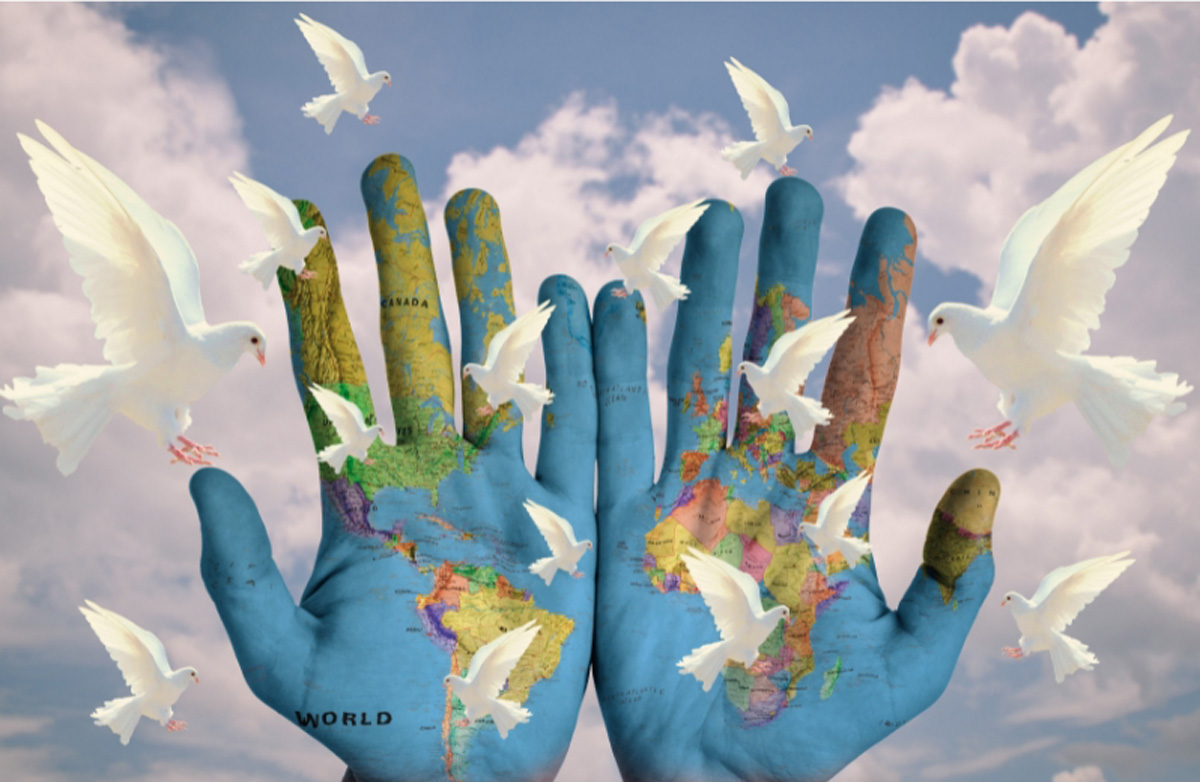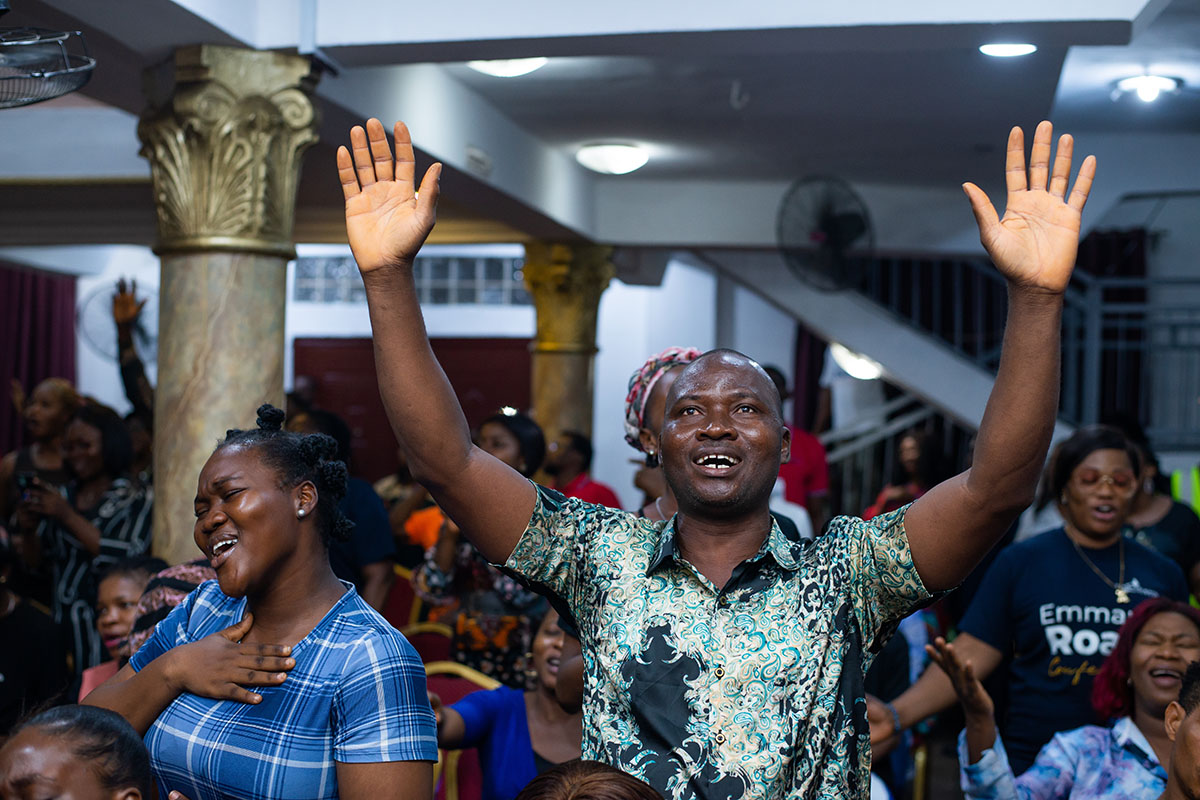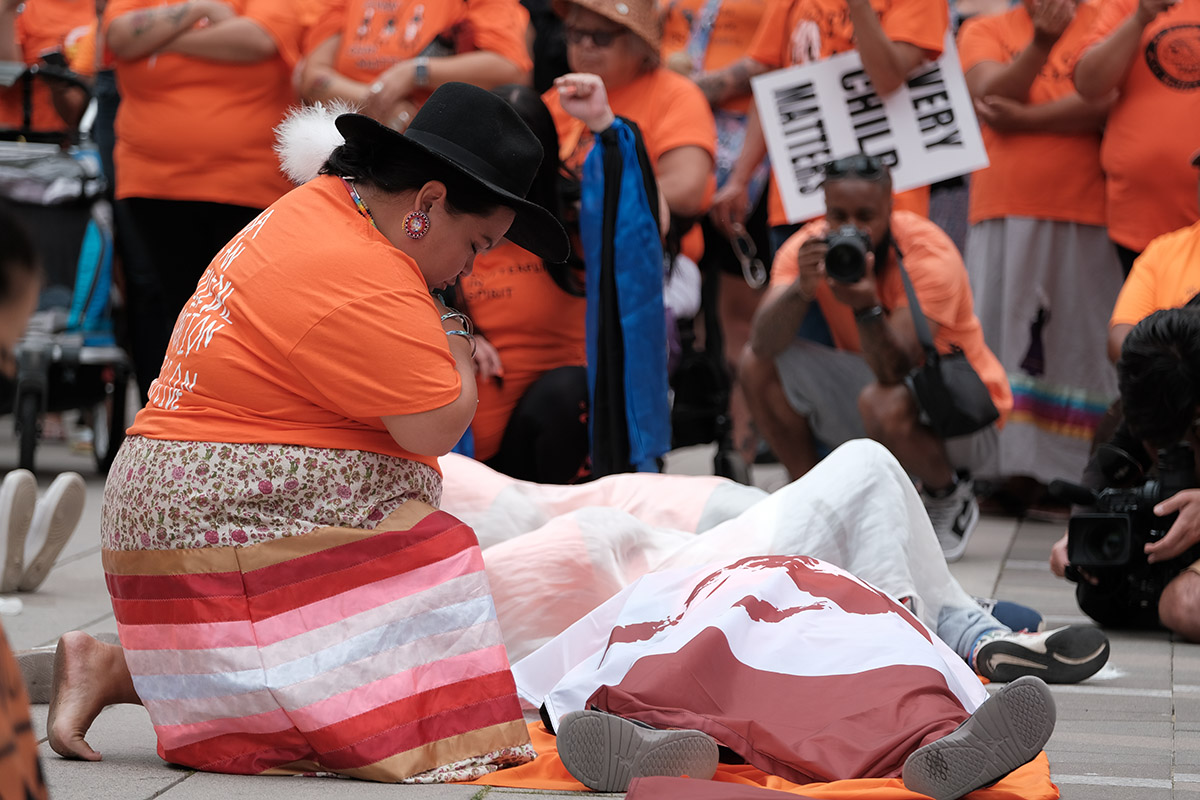How close are we to achieving a healthy and peaceful world?
November 18by Archibong Bassey
Imagine a world where everyone is peaceful and healthy, no one lacks food, clothing, or shelter, children get quality education, conflicts are resolved peacefully, and war is rare. Sound like a fantasy right? Given the world’s glaring conflicts, and worsening health inequities, one may wonder, are we ever close to achieving a peaceful and healthy world?
The desire for a world where every individual can live in peace and enjoy good health is a common goal shared by humanity for such a long time. Hence, the 17 Sustainable Development Goals (SDGs) replaced the eight Millennium Development Goals (MDGs) in 2015 by providing a more holistic approach towards ending poverty, protecting the planet, and ensuring prosperity for everyone. In particular, SDG 3 (Good Health and Wellbeing) and SDG 16 (Peace, Justice, and Strong Institutions) go hand in hand in other to achieve all other SDGs.
Peace, commonly described as ‘the absence of violence or fear of violence’ is not entirely accurate. The Institute for Economics & Peace (IEP), a global think tank that focuses on peace studies has referred to that definition as ‘‘negative peace’’, albeit a popular way to measure the state of peace across countries more effectively. The IEP is refining the way we think about peace by introducing Positive peace, which seeks to understand and tackle the ‘attitudes, institutions and structures that create and sustain peaceful societies’. Health, on the other hand, is a state of complete physical, mental, and social well-being and not merely the absence of disease or infirmity. The World Health Organization (WHO) has further stated in its constitution that ‘the health of all people is fundamental to the attainment of peace and security and is dependent on the fullest co-operation of individuals and states’.
Since the early 1990s and 2000s, academic scholars have explored the relationship between health and peace. Their research has revealed that a shift towards peace in conflict zones will often lead to improved healthcare and health outcomes for affected populations. Thus, health-peace initiatives such as the WHO Global Health and Peace Initiative (GHPI) have been shown to empower and develop resilient, peaceful, equitable, and healthy societies.
Now how close are we to ever achieving a peaceful world? The 2023 Global Peace Index (GPI) has stated that despite over 126 countries globally improving their relative positive peace from 2009 to 2020, the level of global peacefulness deteriorated for the 9th consecutive year. This is because there are over 110 ongoing armed conflicts worldwide and more recently the October 2023 Israeli-Palestinian conflict.
Political commitment from the government is essential to solve these challenges and pave the way for individuals to engage in active diplomacy towards promoting peacebuilding and national health security. International co-operation among nations and international organizations is encouraged to demonstrate a strong commitment to the achievement of global peace and reducing health inequalities.
In the words of the Director-General of WHO, Dr Tedros, “There cannot be health without peace, and there cannot be peace without health”.






